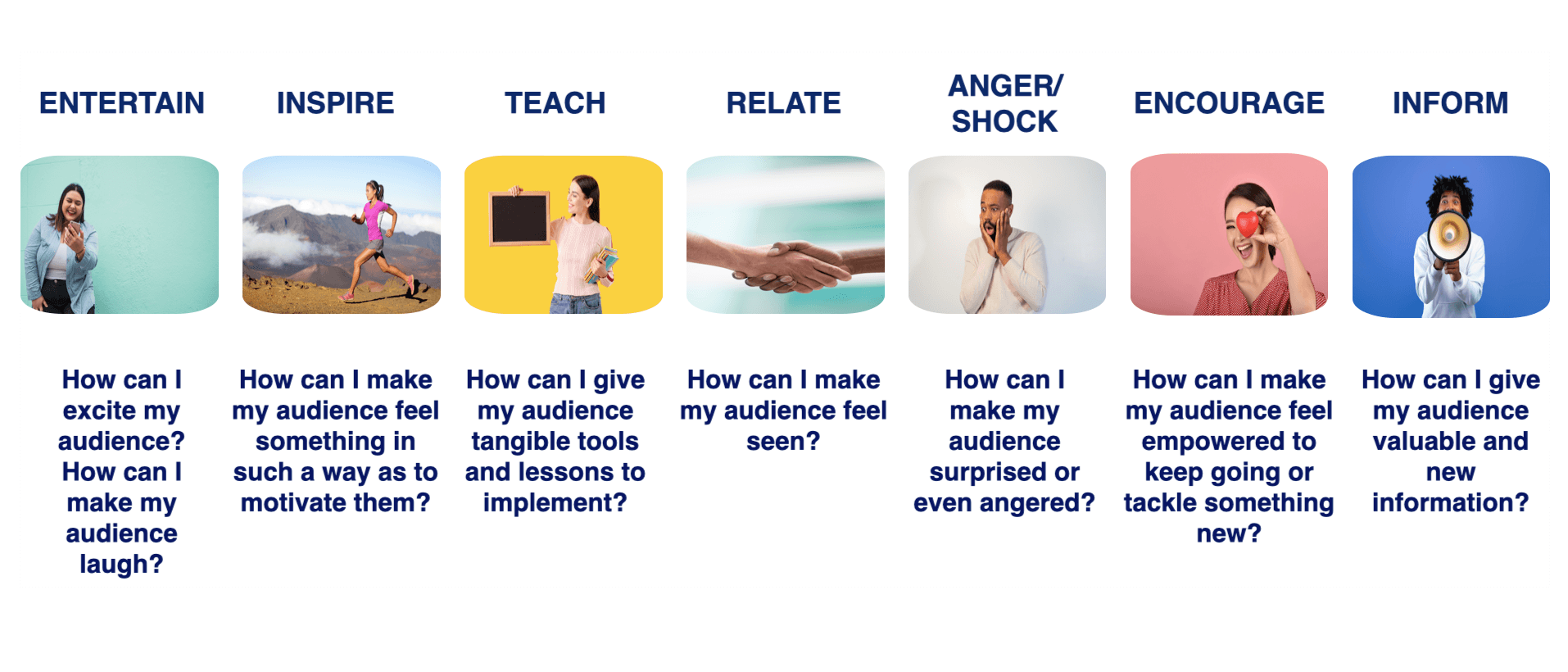The average American spends over two hours every day on social platforms – that’s more time than they spend watching their favourite sitcoms or even having dinner with the family.
If your brand isn’t using that window to connect meaningfully, you’re already falling behind.
But showing up is the easy part. Standing out? That’s where it gets tricky. If you’re battling low reach, weak engagement, or an algorithm that feels stacked against you, the problem might not be your content – it might be your whole approach to social media.
This article breaks down a proven framework built around one core idea: start with people, not posts. You’ll learn the seven motivations behind social engagement, common brand missteps, and how to craft content that truly connects.
Ready to start your journey to a more impactful social media presence? Great! Let’s dive in.
Understanding human-centered design
Most brands kick off their social media strategies totally upside down. This immediately puts them at a disadvantage: algorithms not playing nice, disengaged audiences, and struggling to hit target demographics.
Social media is a tough game, so you need a better starting point. The trick to getting your strategy right-side up? Human-centered design.
Human-centered design is a cross-disciplinary way of inventing things that solve real human problems, not just abstract ideas.
The problem with most social media strategies
As the Harvard Business Review points out, a lot of startups fail because there's just no market need – meaning the founders built something nobody actually wanted.
On social media, that translates to strategies failing because marketing teams are putting out content nobody wants to see. That’s because their social strategy starts with them.
This often looks like "content buckets" – a common agency approach that focuses on what the brand wants to talk about. For example, a fast-casual food chain might plan content around store openings, new menu items, executive thought leadership, or customer testimonials. While this content isn’t bad on its own, it’s super brand-centric.
Social media isn't some megaphone for your brand to just blast out its thoughts. It's a public gathering space. Imagine someone on a speakerphone sales call in a coffee shop – they’re disrupting a shared space. Brands do the same thing on social media when they don't think about the audience first.
To create truly engaging content, you've got to start by understanding why your audience is even on social media, and what kind of content they actually want to engage with and share.
Your 5-step audience-first social media framework
So, practically, how do you switch to an audience-first approach?
My agency, Sparo, uses a simple, five-step audience-first framework with every social media client. This framework makes sure you're building a strategy that truly resonates.
Let’s take a look.
Step one: Understand the seven social media motivations
Step one is to figure out the main motivations that drive people to consume social media content. These are the big ones:

- Entertain: How can you make your audience laugh, excite them, or just bring a little joy?
- Inspire: How can you make your audience feel something that pushes them to act? This often includes testimonials or aspirational posts, like the ones fitness influencers love to share.
- Teach: Think about those viral cooking videos – they’re teaching you something. Are you showing people how to get from point A to point C?
- Relate: This is all about connecting over shared experiences, usually through memes. When a meme hits, it’s because you feel totally seen and understood.
- Anger/shock: Content that stirs up thoughts like "I can't believe this is happening" or "this just makes me so mad." You’ll see a lot of this during political seasons.
- Encourage: Content meant to uplift, whether it’s a Bible verse or personal stories.
- Inform: Giving out new, valuable information, like weather updates.



 Follow us on LinkedIn
Follow us on LinkedIn


